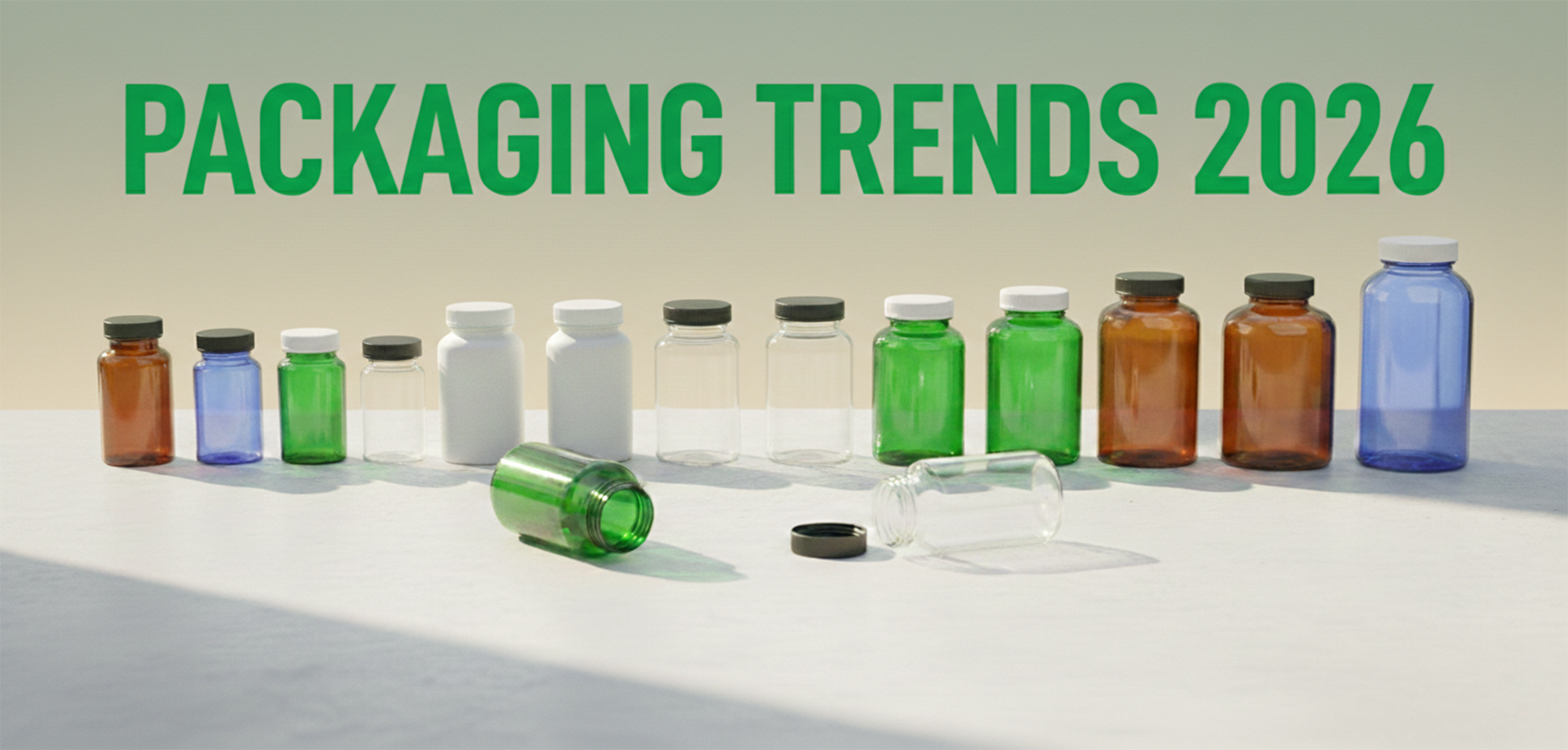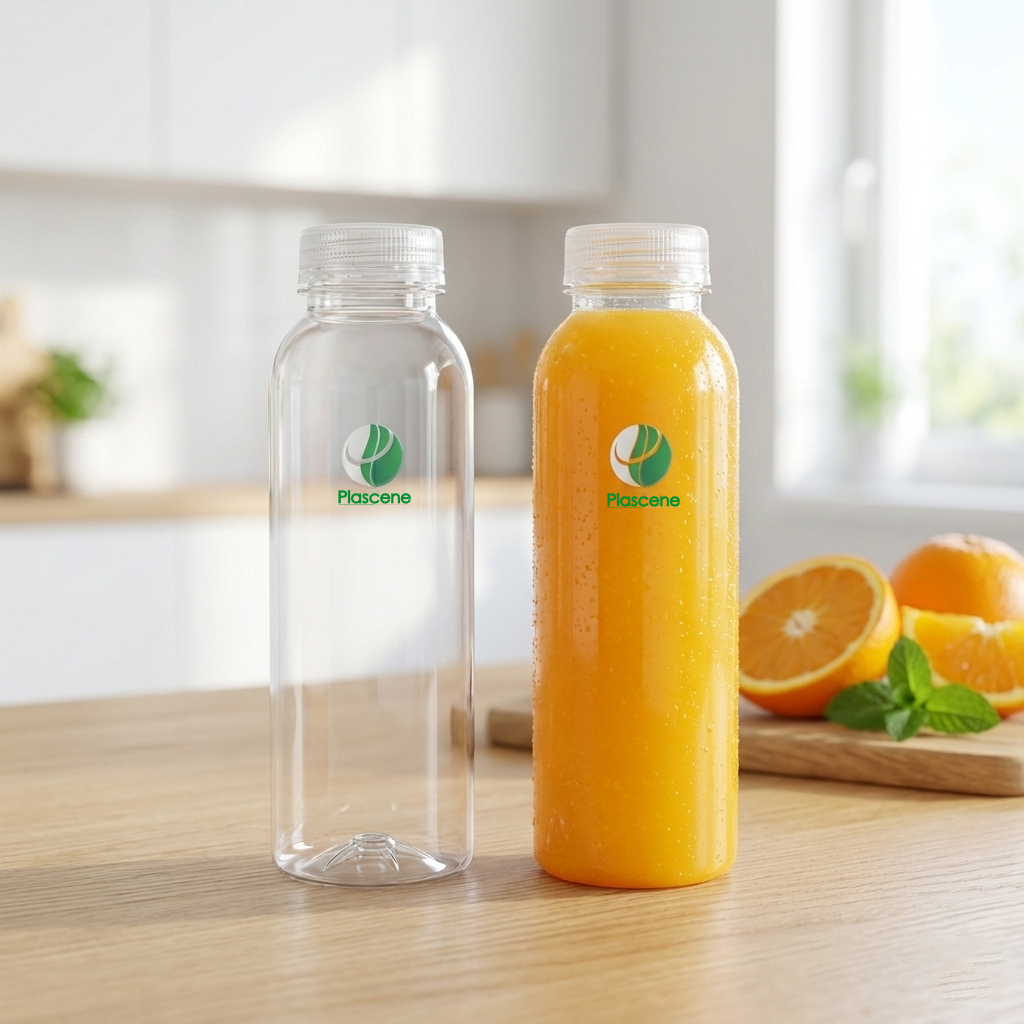“PET and rPET plastic containers are lighter and more durable than glass containers, which means less product loss and lower shipping costs overall.”
We’ve previously discussed the
bad environmental rap that PET plastic gets when compared to glass. The truth is,
the costs of producing and recycling glass far exceed those of HDPE, PET, and rPET plastic. But today, we’re going to focus on another advantage that plastic has over glass–shipping costs and transportation costs.
PET/rPET Plastic Reduces Shipping/Handling Loss
Take a moment to consider what all is involved in the shipping process. First, the empty containers have to be shipped to the filling location. Next, the containers have to be filled. And finally, the containers need to be distributed–either to vendors or directly to consumers.
Glass is more fragile than plastic. Every time a glass container is handled during the filling process, it is vulnerable to breaking or shattering. Not only does glass pose a safety concern for those handling it, but it’s more likely than plastic to lead to product loss.
The same risks apply when shipping the containers, whether empty or filled. Bumping and shaking are a common hazard during the shipping process, which often results in glass containers becoming chipped, cracked, or even broken. Containers made from plastics like HDPE and rPET are more durable than glass and thus more resistant to breakage and cracking.
PET/rPET Plastic Can Lower Transportation Costs
Plastic is simply cheaper than glass when it comes to transportation. Not only is it less susceptible to breaking, but it weighs substantially less. The average plastic container weighs approximately 15% as much as a comparable glass container, which means it would take more than 6 plastic jars to equal the weight of a single glass jar. This is a substantial difference, especially when you think about pallets of containers in bulk. Consider Planters Peanuts, who
cut their packaging weight by 84 percent by switching from glass to plastic jars
way back in 2012.
PET and rPET Plastic Are Good for Your Bottom Line
PET and rPET plastic containers are lighter and more durable than glass containers, which means less product loss and lower shipping costs overall. Switching from glass to PET or rPET plastic is not just the right move for your business, but for the environment.
If you’d like to learn more about how Plascene can help your business reach its packaging goals sustainably, give us a shout!
References
“Why Glass Jars Aren’t Necessarily Better for the Environment than Plastic Ones” –
The Washington Post, 06.23.2014
“Glass or Plastic: Understanding the Complete Costs & Sustainability Impact” –
Nutraceuticals World, 11.09.2020
Contact Us
Plascene Inc,
1600 Pacific Avenue
Oxnard, CA 93033
+1 888-848-6388
info@plascene.com

Why Your Strategic Pharmaceutical Plastic Bottle Manufacturer is Key to a Lean Supply Chain in 2026

2026 Functional Packaging Trends: Navigating Consumer Demands in the US Market.





